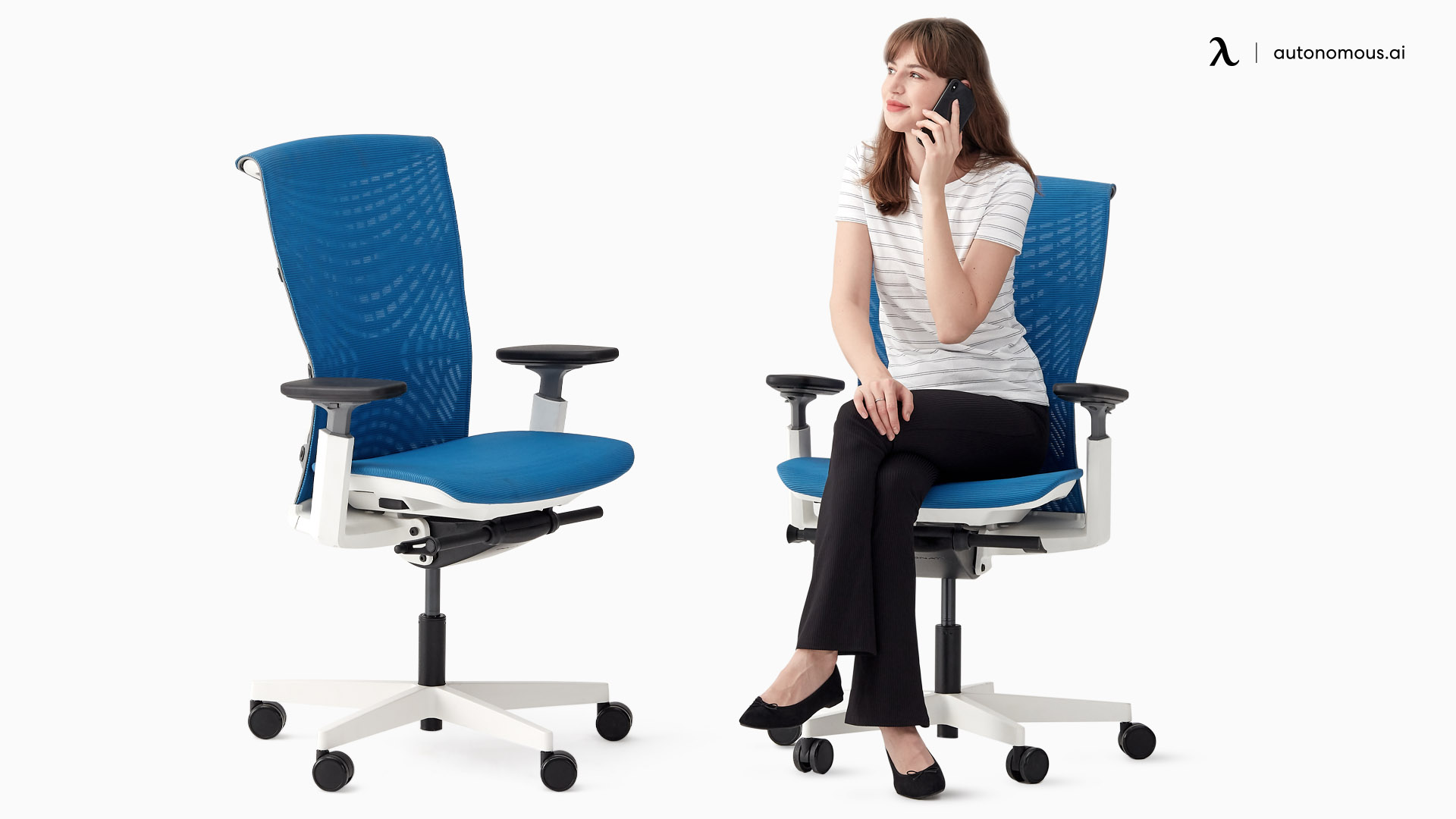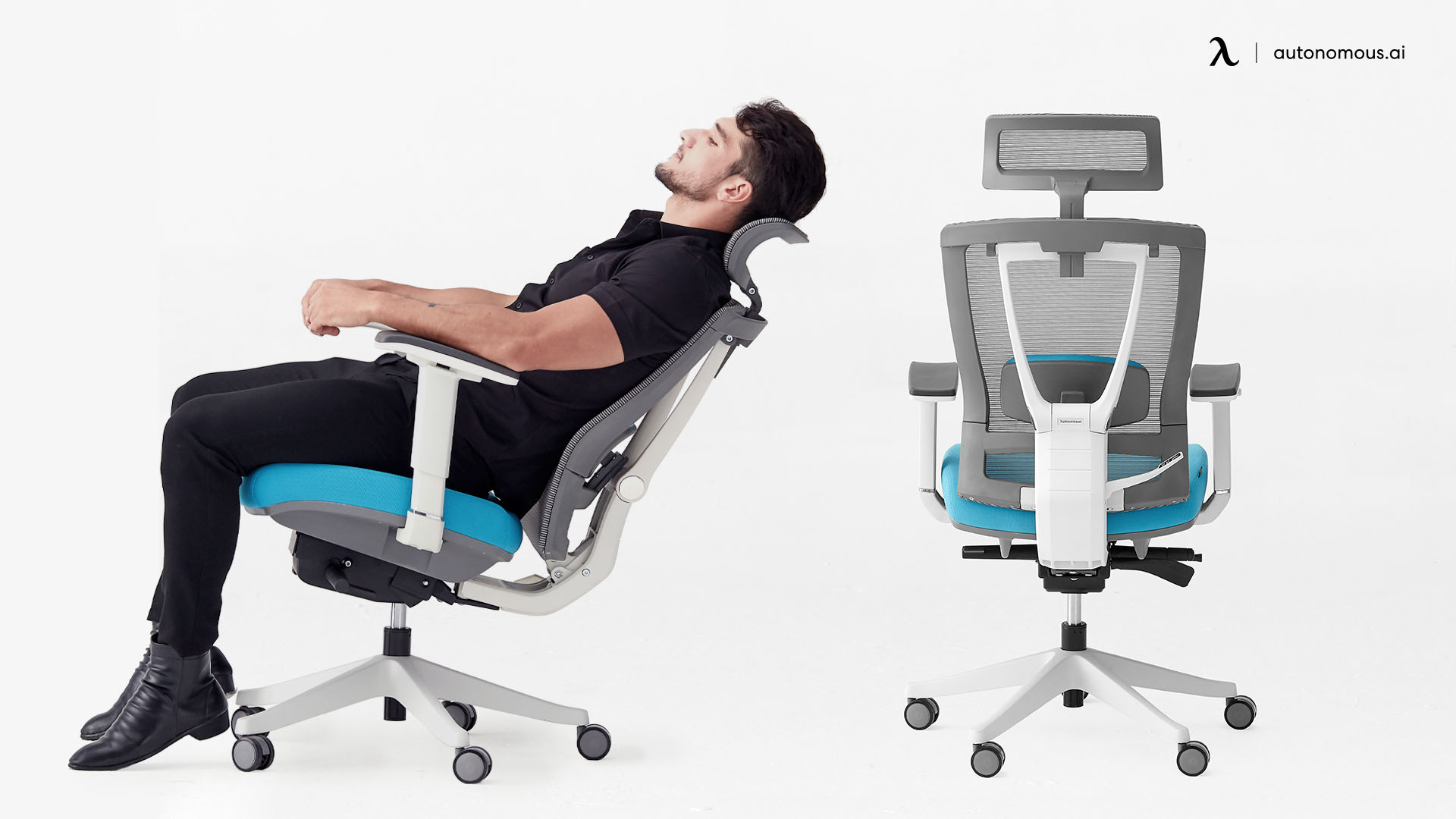Types of Massage Chairs and Their Suitability for Herniated Discs: Massage Chair Herniated Disc

Yo, peeps! So you’re dealing with a herniated disc, and thinking a massage chair might help? Smart move! But with so many options out there, choosing the right one can feel like navigating a mall on a weekend. This breakdown will help you sort through the hype and find a chair that actually fits your needs.
Massage chair herniated disc – Choosing a massage chair for a herniated disc isn’t just about picking the fanciest model. It’s about finding a chair with features that specifically target your pain and discomfort without making things worse. We’re talking about targeted relief, not just a relaxing rubdown. Think of it like choosing the right weapon for a boss battle – you wouldn’t use a toothpick against a dragon, right?
Massage Chair Mechanisms and Their Effects on Herniated Discs, Massage chair herniated disc
Different massage chairs use different mechanisms to work their magic. Understanding these mechanisms is key to finding a chair that’ll actually help your back. We’re breaking down the most common ones and how they might affect your herniated disc.
| Chair Type | Massage Mechanism | Benefits | Drawbacks |
|---|---|---|---|
| Shiatsu Massage Chair | Rolling mechanisms that mimic the kneading action of hands. Often incorporates heat. | Can provide deep tissue massage to target specific muscle groups, potentially relieving some muscle spasms associated with herniated discs. Heat can help relax muscles. | May not be suitable for all types of herniated discs or for individuals with severe pain. Aggressive rolling can sometimes aggravate the condition if not used carefully. |
| Air Compression Massage Chair | Uses air bladders to compress and decompress different parts of the body. | Gentle, customizable pressure can improve circulation and reduce swelling. Can be helpful for relieving mild to moderate pain. Good for those who find traditional massage too intense. | May not provide deep enough tissue massage for some individuals with herniated discs. The level of pressure might not be sufficient to address deeper muscle issues. |
| Combination Massage Chair | Combines rolling mechanisms with air compression, heat, and sometimes percussion. | Offers a wider range of massage techniques, allowing for customized treatments. Can address both muscle tension and nerve compression issues related to herniated discs. | Can be more expensive than chairs with single massage mechanisms. The sheer number of features might be overwhelming for some users. |
Individual Needs and Herniated Disc Severity
Choosing the right massage chair is super personal. What works wonders for your buddy might not be the best for you. The severity of your herniated disc is a major factor. A mild herniation might respond well to gentle air compression, while a more severe case might need a more targeted approach with a combination chair. Always consult your doctor or physical therapist before using a massage chair, especially if you have a herniated disc.
Think of it like this: you wouldn’t wear the same shoes for a marathon as you would for a stroll in the park, right? Your massage chair needs to match your specific needs and condition. Don’t just jump on the bandwagon; do your research and find the perfect fit.
Alternative and Complementary Therapies in Conjunction with Massage Chairs

Managing a herniated disc can feel like navigating a maze, especially in Surabaya’s bustling city life. While massage chairs offer a convenient way to ease pain, combining them with other therapies often yields better, more sustainable results. This section explores how massage chairs work alongside other treatments to effectively manage herniated disc pain.
Comparison of Therapies for Herniated Discs
Understanding the nuances of different therapies helps you make informed decisions about your treatment plan. The table below compares massage chair therapy with other common approaches.
| Therapy Type | Description | Benefits | Potential Drawbacks |
|---|---|---|---|
| Massage Chair Therapy | Uses automated massage techniques to target muscle tension and improve circulation. | Pain relief, improved range of motion, relaxation, convenience. | May not address the root cause of the herniation, may not be suitable for all severities, potential for overuse. |
| Physical Therapy | Involves exercises and manual therapy techniques to strengthen muscles, improve flexibility, and correct posture. | Addresses the root cause of the problem, improves long-term function, reduces reliance on pain medication. | Requires time commitment, can be expensive, some exercises may initially increase pain. |
| Chiropractic Care | Focuses on spinal manipulation to restore proper alignment and reduce nerve compression. | Pain relief, improved joint mobility, reduced inflammation. | Not suitable for all individuals, potential for side effects like temporary discomfort. |
| Medication | Pain relievers, muscle relaxants, and anti-inflammatory drugs can help manage pain and inflammation. | Rapid pain relief, reduction of inflammation. | Potential for side effects, risk of addiction (with certain medications), may mask underlying issues. |
Sample Weekly Plan Integrating Therapies
A well-structured plan combining various therapies can significantly improve pain management and overall well-being. This example shows how massage chair therapy can be integrated into a holistic approach. Remember to consult with your doctor or physical therapist before starting any new treatment plan.
- Monday: Physical therapy session focusing on core strengthening and stretching exercises.
- Tuesday: 30-minute massage chair session to ease muscle tension and promote relaxation.
- Wednesday: Rest and light stretching.
- Thursday: Chiropractic adjustment to address spinal alignment.
- Friday: 20-minute massage chair session followed by gentle yoga poses.
- Saturday: Rest and light activity, such as a leisurely walk.
- Sunday: 45-minute massage chair session focusing on the lower back.
